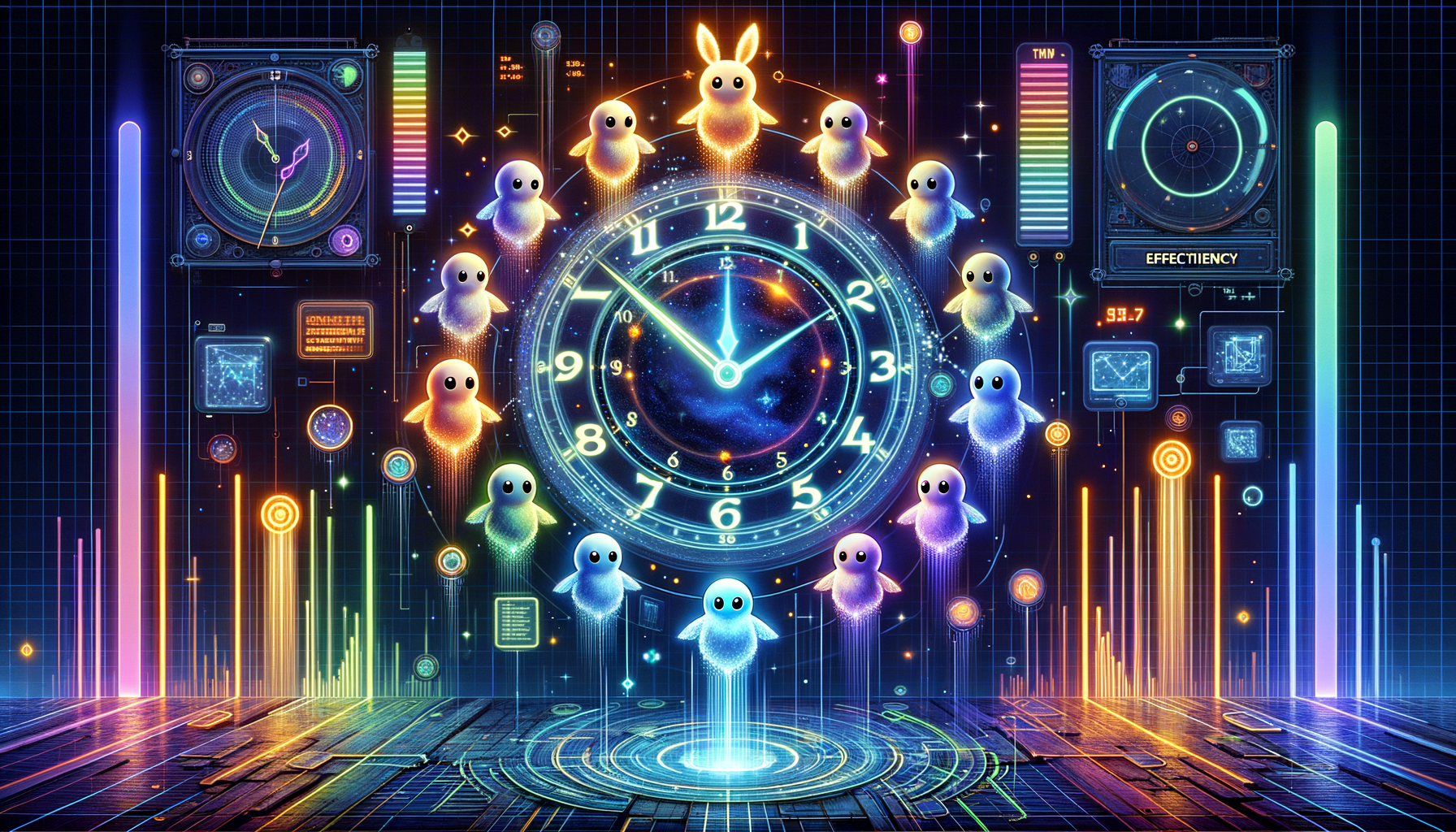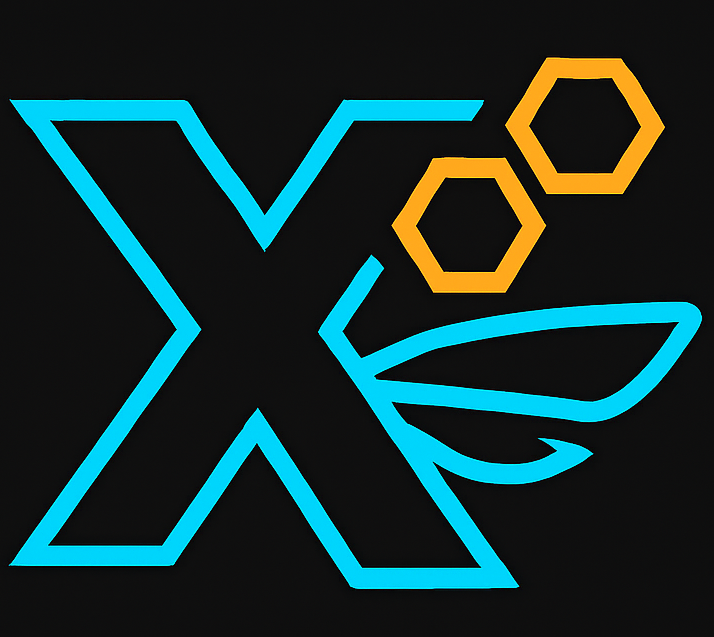It was 9:15 AM. The standup started at 9:00.
“So like I was saying,” Dave continued, now drawing his third whiteboard diagram, “if we refactor the auth service to use the new pattern, we could—”
“But that would break the integration with the payment module,” Sarah interrupted. “Which, by the way, is already broken because someone’s AI agent decided to ‘improve’ the API yesterday.”
I checked Slack. Seventeen new messages. Three @here notifications. Someone was asking if we should switch to GraphQL. Again.
“Can we maybe discuss this offline?” I suggested, knowing full well that ‘offline’ meant another hour-long meeting that would spawn three more meetings.
“Just one more thing,” Mike said, launching into a monologue about dependency injection.
The standup timer—that optimistic little widget someone installed—showed 47 minutes. For a meeting literally named after the concept of STANDING UP BECAUSE IT WOULD BE SO QUICK.
Daily Meeting Time: Then vs Now
The Special Hell of “Agile” Meetings
You know what’s worse than long meetings? Long meetings that pretend to be short. At least when someone schedules a two-hour architecture review, you know what you’re getting into. You can prepare. Maybe fake a dental emergency.
But standups? They’re the ambush predators of the meeting world. “It’ll just be 15 minutes!” they said. “We’ll just sync up quickly!” they promised.
"Standups are the ambush predators of the meeting world. 'It'll just be 15 minutes!' they said. 'We'll just sync up quickly!' they promised."
Then someone mentions merge conflicts. Someone else brings up that “quick question” about the database schema. Before you know it, you’re debating whether to use tabs or spaces while your actual work sits there, mocking you from your second monitor.
And don’t get me started on the “parking lot.” You know, that mythical place where off-topic discussions go to die? Except they don’t die. They multiply. They become their own meetings. They spawn Slack threads that outlive civilizations.
Enter the Machines (Thank God)
Here’s the thing about AI teams: they don’t do small talk. They don’t have opinions about the latest JavaScript framework. They don’t need to “sync up” or “align on strategy” or any of that corporate poetry.
When I first saw how xSwarm handles team coordination, I nearly cried. Actual tears of joy.
Picture this: Five AI teams working in parallel. Each in their own sandbox. Each with their own tasks. Each completely isolated from the others. No stepping on toes. No merge conflicts. No “quick questions” that derail everything.
The “standup”? It’s just checking a dashboard. Three minutes, tops.
The Kaiban Dashboard: Where Dreams Come True
Here’s what a morning looks like now:
9:00 AM: Open Kaiban dashboard.
Kaiban Team Dashboard
That’s it. That’s the standup. No discussion needed because there’s nothing to discuss. Each team knows exactly what they’re doing. The boundaries are crystal clear. The interfaces are defined.
Want more details? Click into any team’s epoch report:
Team Alpha - Epoch 47
Tasks completed: 3/4
Tokens used: 47,892
Test coverage: 94%
Next task: Implement error handling
ETA: 17 minutesNo blockers. Know why? Because when you work in complete isolation with mock data and simulated services, what’s there to block you? The payment service can’t be down if you’re using a mock. The database can’t have schema conflicts if each team has its own.
The Three-Minute Epoch Review
Every two hours, we do an “epoch review.” Here’s the entire process:
- Check dashboard (30 seconds): All green? Good.
- Review completed tasks (1 minute): Click through the summaries.
- Approve next epoch plan (90 seconds): The orchestrator already queued everything.
Done. Back to actual work.
Compare that to the old way:
Traditional Standup Workflow
AI Team Workflow
"60 minutes gone. Every. Single. Day."
Real-Time Progress Without the Theater
The beautiful thing about AI teams is they don’t need to perform productivity. They just… are productive.
Watch the dashboard during an active sprint:
09:00 - Sprint started
09:17 - Team Alpha: First component complete
09:23 - Team Beta: API endpoint 1/12 tested
09:41 - Team Gamma: Migration script generated
10:02 - Team Alpha: Second component complete
10:15 - Team Beta: API endpoints 6/12 testedIt’s like watching a garden grow, except instead of plants, it’s features. And instead of months, it’s hours.
No status updates needed because the status is RIGHT THERE. No progress reports because the progress reports itself. No “percentage complete” guesstimates because the system knows exactly how many tasks remain.
The Joy of Reclaimed Time
You know what I did with the time I used to spend in standups? Actual work. Revolutionary concept, I know.
Last week’s stats:
- Meeting time: 3 minutes/day (epoch reviews)
- Coding time: 7.5 hours/day
- Features shipped: 17
- Merge conflicts: 0
- Times someone asked “quick question”: 0
Your Meeting Time Savings Calculator
That's 95% less time in meetings and 5.7 weeks of productive time reclaimed every year!
"That's a full MONTH of productive time that used to disappear into the meeting void."
The Future Is Quiet
Here’s my favorite part about three-minute standups: the silence. Beautiful, productive silence. No cross-talk. No tangents. No “while I have everyone here” announcements.
Just clean data on a dashboard and AI teams quietly crushing tasks in their sandboxes.
Sometimes I open the old Slack channels just to remember. The endless threads debating architectural decisions. The @channel notifications about broken builds. The passive-aggressive messages about following “the process.”
"If I never hear 'let's take this offline' again, it'll be too soon."
Then I close Slack, check the Kaiban dashboard one more time (all green, as always), and get back to what I’m actually paid to do.
Build things.
The machines handle the coordination now. And thank god for that. Because if I never hear “let’s take this offline” again, it’ll be too soon.

